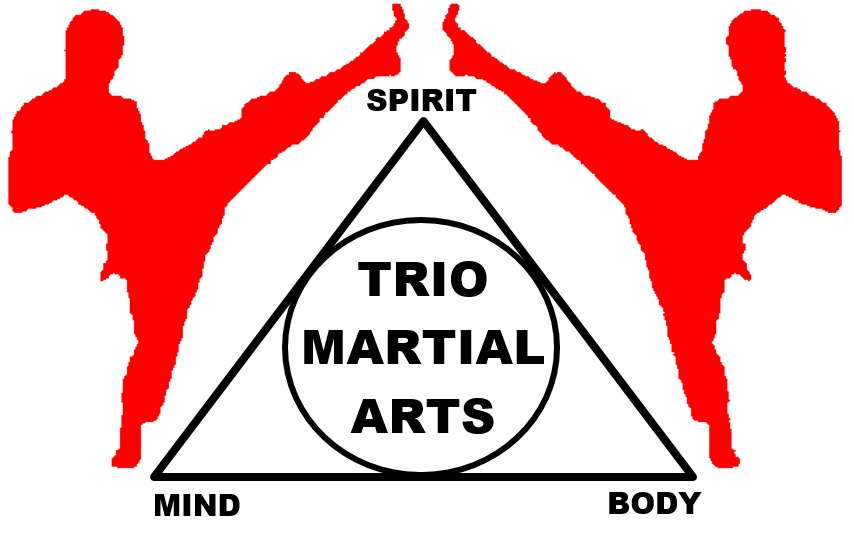|
Author: Bret Gordon  Since their inception, martial arts and healing arts have always been intertwined (think inyo/yin yang). Some of the best martial artists have been doctors, healers and bone setters. Basic first aid should in fact be required to teach any form of martial arts in my opinion. When discussing internal power and energy, the connection between martial arts and healing arts becomes even more apparent. In Japanese martial arts, the concept of internal power is known as aiki (commonly translated as "joining energy"). It's a term that has as many definitions as it does practitioners. Thanks to the popularity of Aikido, most people characterize aiki as merely blending with the opponent's force and redirecting them into a soft lock or throw. However, as an instructor of Aiki Jujutsu I tend to define aiki at another level. Ultimately to me, aiki is a pre-conditioned state of being. Internal power is generated in the way you stand, the way you walk. Aiki is learning how to use the body in its most efficient state so that anything that comes into contact with it is affected. In a defensive scenario, aiki is the systematic process of receiving the force of the attack, processing it and returning it through the point of connection. True aiki is characterized by instant kuzushi (off-balancing) that affects the attacker's entire body. This is accomplished through proper breath control, timing and a relaxed yet focused structure within our own bodies. But the concept of joining energy is hardly unique to martial arts. Everything in the universe is comprised of energy, so in reality whenever you come into contact with anything you are joining your energy with it. In the healing art of Reiki, you are joining your energy with that of the recipient to enhance the body's natural healing powers. This may sound like pseudoscience but the principles of Reiki are instinctive in all of us. When you injure yourself, your first reaction is to grab whatever you just injured and apply pressure. Often this is accompanied with thoughts like "Please stop hurting" and shortly after, the pain begins to subside. This is the basis of Reiki. The body intuitively knows what's wrong and has the power to heal it. However, if something is off (such as Chakra misalignment which is very common) then the healing powers may be hindered. That's where the Reiki practitioner comes in. When a Reiki practitioner lays their hands on the recipient, their healthy energy overpowers and supercharges the recipient's energy flow to assist in the healing process. But how does it work and how is this even remotely related to Aiki Jujutsu?  The power of the human mind is something we have yet to fully understand. We have a funny way of creating self-fulfilling prophecies on a daily basis. Just think of all the self help books on the market that tell you thinking positive is the key to a successful life. While you still must put forth the effort, they're completely correct. We have the power to alter the course of our lives and bodies simply by our train of thought. Think of the law of attraction. The vibes we put out determine how people interact with us. If you approach something determined to succeed, you will. If you have doubts, they will show. But before this turns into another self help, mushy article that no one takes seriously, let's get back to the point. How many times have you tried a new technique in class that you've second-guessed yourself on, and ultimately were unsuccessful in its execution? I know it happens to me, even now. However, as soon as I refocus and stop getting frustrated with myself, the results are often favorable. In an art that requires as much precision in your state of being as Aiki Jujutsu, the slightest imperfection in your execution will completely ruin the technique and leave you in a really bad position. Throws in Aiki Jujutsu are not like Jujutsu or Judo which can be fudged and compensated for with a little extra force. To properly execute any internal technique requires zanshin, the state of simultaneous relaxation and total awareness. Every muscle in your body must be fired up at the precise moment, coordinated with your breath and posture. From a biological standpoint, negative thoughts and frustration create tension. Subconsciously, your muscles will stiffen which triggers the body's natural "fight" response. When your opponent feels this resistance, their body will naturally fight back by locking in place and now your technique is over. You've lost the opportunity, and hopefully it's just a training session or you're about to eat a fist. But aiki is more than manipulation of your own energy. We are in fact joining energy and this state of being, and the internal power that's generated from it, is amplified with your opponent's anger and frustration. The harder they grab, the faster they punch gives you more force to work with and in turn makes your job that much easier (if your timing is on point). Their negative thoughts, that of attacking, ultimately hinders their body's response and leaves them vulnerable. At the moment of contact, your positive (healthy) energy overpowers theirs to create a desirable result which in this case is them slamming to the ground. In my opinion, Aiki Jujutsu and Reiki go hand-in-hand. More than that, they are one in the same. It is foolish to not train in both as a martial artist, in my opinion. Aiki Jujutsu teaches you to be aware of subtle changes in weight distribution and movement. Reiki teaches you to be in tune with people's vibrations and the energy they give off. Other benefits of Reiki include the understanding of your own energy and vibrations, the intuition to know when your Chakras (energy centers) are misaligned and the ability to return your body to its ideal state of being. Which, as I've discussed, makes your Aiki Jujutsu more effective. The art has come full circle. P.S. - There are an abundance of frauds and charlatans claiming to teach Aiki Jujutsu and other arts centering around internal power. I recommend anyone who is interested in studying internal martial arts to first read this article, "Distinguising Chi Frauds From True Internals" so that you can be well-informed and know how to pick out the diamonds in the rough. This article was originally published on the US Association of Martial Arts blog. To view the original article, please click here.
0 Comments
Your comment will be posted after it is approved.
Leave a Reply. |


